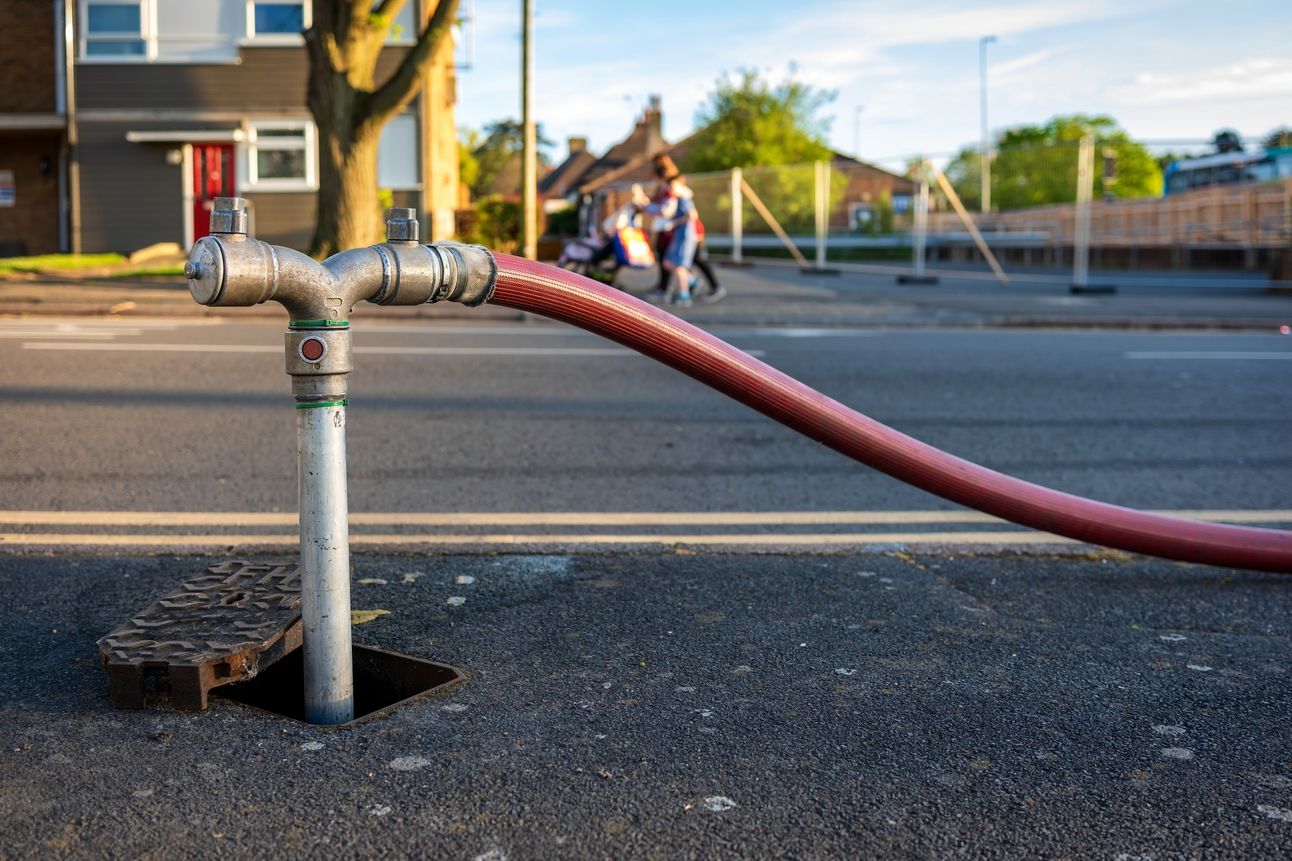This article explores the goals of the Water Sector Review, why these changes are urgently needed, and how they aim to address long-term water security. For those concerned about water scarcity predictions, this review reflects the government’s push to adapt the country’s water infrastructure, aiming to balance demand and ensure that the essential resources are available for future generations.
Why This Review is Urgently Needed
By 2050, England could face severe water shortages due to factors like population growth, climate change, and outdated infrastructure. The Environment Agency’s forecasts show that unless substantial measures are taken, the country could experience regular water deficits. This could disrupt not only household water access but also impact agriculture, industry, and biodiversity, leading to lasting environmental and economic consequences.
The challenge is particularly pressing for regions like the South East, which already requires around half of England’s public water supply. To meet the growing demands of the future, the government projects an additional need for over 4,000 million litres of water daily by 2050—equivalent to filling 1,600 Olympic-sized swimming pools each day.
Key Goals of the Water Sector Review
The Water Sector Review proposes a range of reforms aimed at meeting these challenges head-on. Some of the key focus areas include:
1. Reducing Leakage by Half
Leakage remains a critical issue, with about 19% of the water supply currently lost through leaks. Water companies are now mandated to halve these losses by 2050, using advanced monitoring, smart technologies, and investment in infrastructure . This could recover millions of litres each day, protecting resources and conserving water that would otherwise go to waste.
2. Decreasing Per Capita Water Use
The government’s goal is to reduce water use per person by 20% by 2037-38, supported by initiatives such as mandatory water meters in high-risk areas and community education on conservation. This reduction aligns with broader environmental goals, including reaching 110 litres per person per day in some regions, down from the current national average of 143 litres.
3. Building New Supply Infrastructures
Increasing resilience requires expanding supply infrastructure, such as reservoirs and desalination plants. Water transfers—redirecting water from areas of surplus to those facing shortages—are also being considered to balance demand across regions. This approach could provide an efficient buffer against the risk of drought in particularly vulnerable regions.
4. Planning for Drought Resilience
With hotter, drier summers predicted, drought resilience has become central to water management. The Environment Agency and Ofwat, the water regulator, are working together to set stricter guidelines for drought preparedness, ensuring that even during severe conditions, water supplies are maintained for essential uses.
5. Modernising Regulations and Accountability
To support these changes, the Water Sector Review introduces stronger regulations for water companies, demanding more transparency and accountability. Proposed reforms would give regulatory bodies like Ofwat increased authority to enforce standards and mandate improvements. Customers may also benefit from compensation measures when service standards fall short, ensuring that water companies stay committed to delivering high-quality service.
Addressing the “Jaws of Death”
The Environment Agency warns of an approaching tipping point referred to as the “Jaws of Death,” where water demand outstrips supply. To avert this, the review underscores the importance of both reducing demand and increasing supply capacity. Achieving this balance requires a joint effort from government, water companies, and communities alike.
The government has also highlighted the significance of individual action in mitigating water stress. Simple household measures, such as installing water-saving devices and regularly checking for leaks, can collectively have a substantial impact on conservation efforts.

A well in a street has been opened and a fire hydrant connection point to supply water on road in England.
What This Means for the Future
The Water Sector Review is not just about immediate improvements but about preparing for a future where water becomes an increasingly scarce resource. Climate models indicate that if the right steps are taken now, water shortages can be mitigated, ensuring that both urban and rural areas have reliable access to water, even under extreme climate scenarios.
For residents, the review brings a renewed focus on efficient water use, reflecting the shared responsibility in addressing this issue. Every litre saved today contributes to a more secure water supply tomorrow.
As climate change continues to reshape our environment, the Water Sector Review marks a significant step in recognising and addressing the challenge of water scarcity. It represents an opportunity for the UK to become a leader in sustainable water management, showing that with the right investment, policies, and public awareness, a water-secure future is possible.
For more information on this topic, we cover this subject in depth on episode 1 of the water matters podcast. Click here to listen.



